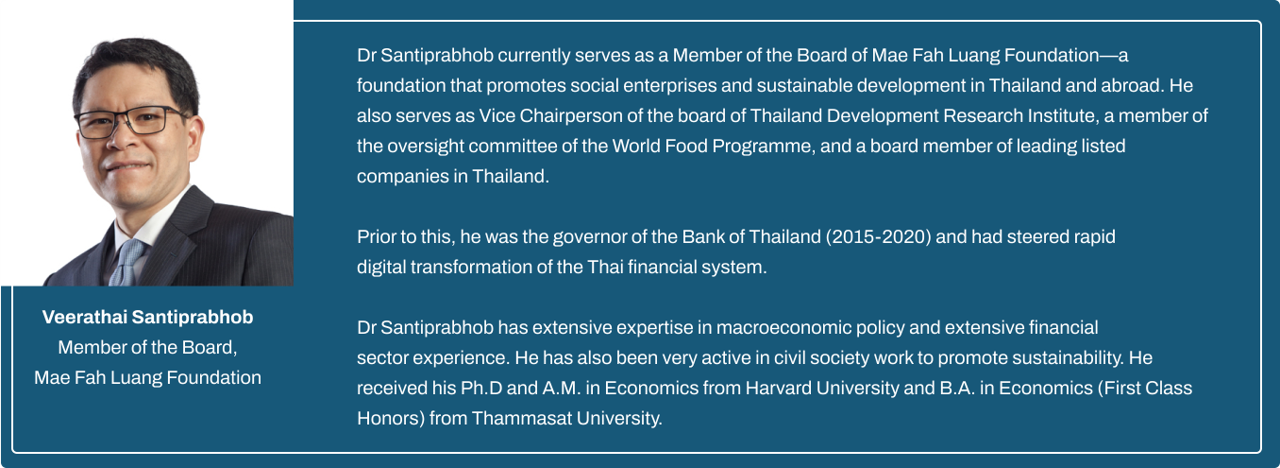Climate finance is severely lacking in a number of key areas, showing how bankers and investors prioritise some sustainable development goals over others. The shortfall in funding directed at developing markets is highlighted by the Carbon Action Tracker analysis of climate finance in each country.
At the low end, climate funding in Indonesia and Thailand is rated as ‘critically insufficient’. In China, India and Singapore, it is ‘highly insufficient’. The same applies to New Zealand, where the Government has admitted that the current scale and pace of investment is inadequate to achieve climate goals.
Australia, Brazil, Japan, the UK and USA are simply ‘insufficient’.
Ahead of COP29, new funding targets are being discussed that will form part of the draft negotiating text for consideration at the next meeting in November.
The scale of finance needed is significant. The UN estimates that nearly $6 trillion is needed to implement developing countries’ climate action plans by 2030.
UN Climate Change Executive Secretary Simon Stiell said, “Every day, finance ministers, CEOs, investors, and development bankers direct trillions of dollars. It’s time to shift those dollars from the energy and infrastructure of the past, towards that of a cleaner, more resilient future. And to ensure that the poorest and most vulnerable countries benefit.”
Directing private capital
The mobilisation of private investment into early-stage technologies and innovations focused on mitigation and adaptation has been identified internationally as a critical enabler of transition to low-carbon resilience economies.
When it comes to prioritising investment allocations, Sustainable Development Goal 14 - Life Below Water - suffers the largest relative funding shortfall, according to the World Economic Forum. This gap stems at least partly from a lack of scalable and demonstrably profitable opportunities, particularly in addressing existing plastic pollution.
As a result, asset owners have limited exposure to businesses and projects that could positively impact marine conservation. Even the most ecologically conscious institutions in the Asia-Pacific region are only now beginning to support marine conservation initiatives.
The emergence of specialist fund managers in this field is encouraging, yet even here, marine anti-pollution measures and conservation are not a core focus.
Bold Ocean Ventures (BOV) is among the growing number of fund managers investing in climate finance and sustainable food, but it currently lacks specific investments in marine conservation, according to general manager, Tim Agnew.
Essentially – and this view is shared by others – investing to remove plastic from our oceans is not seen as sufficiently profitable. In the case of plastic waste, it is widely believed that some parts of the value chain lack substantial profit potential.
“We have seen companies working on replacing disposable food containers and utensils; preventing future landfill and ocean pollution, rather than addressing plastic already in the ocean.”
Like all investment opportunities, Agnew said investors have to look at the business model and the revenue growth potential.
“Although we look at investment opportunities through an impact lens, they also have to make money for the fund or we will not be able to expand our overall ocean impact.”
Like other impact sectors, it is clear that certain areas lend themselves better to investment, while others may be more effectively supported through philanthropic efforts.
Equality of investment
While it may be true that emerging countries are going to benefit from increasing investor allocations, the bigger challenge is likely to be in ensuring that investment, development, and sustainability outcomes are spread equitably between developed and emerging markets.
KPMG’s 2024 report “Emerging trends in infrastructure” predicted that infrastructure investors, developers and operators are expected to start to pay much more attention to the emerging markets. However, parts of that investment, which falls under dirty energy, is a cause for concern.
“It is likely that future investments into traditional energy sources will be channeled to the emerging markets, where regulations are less clear and where some countries still have not defined their decarbonisation pathways or set net-zero targets,” said the report.
“Not only could this create an imbalance in how the benefits of the energy transition are spread around the world, it also creates significant risk for investors seeking to fund projects in hard to abate sectors in these countries (steel and cement in particular). As a result, attempts to develop cleaner, more sustainable infrastructure in these markets are being marginalised.”
The solution, in meeting the SDGs and the transition to low carbon, would be “a greater focus on capability development, investment in R&D and creating new pillars of economic growth through decarbonisation, energy efficiency, and smart infrastructure.”
Posted 28/08/2024

















